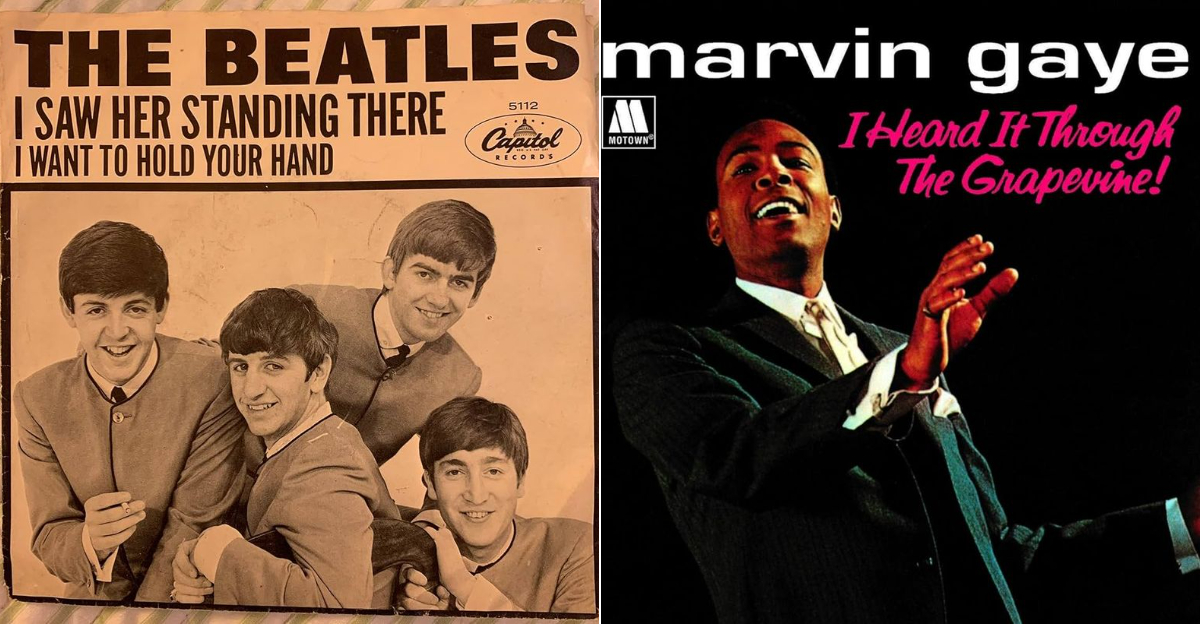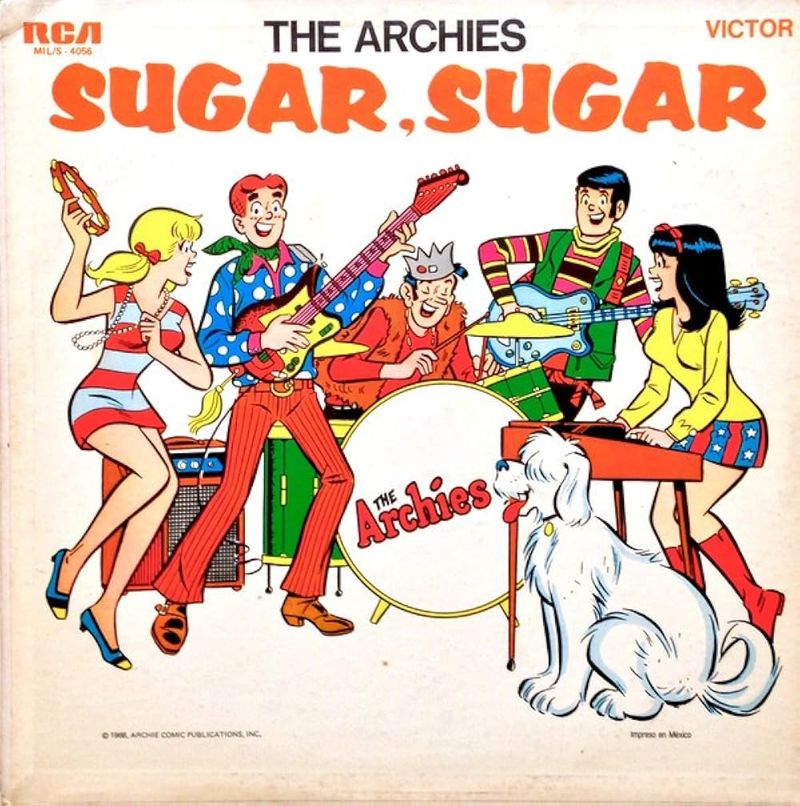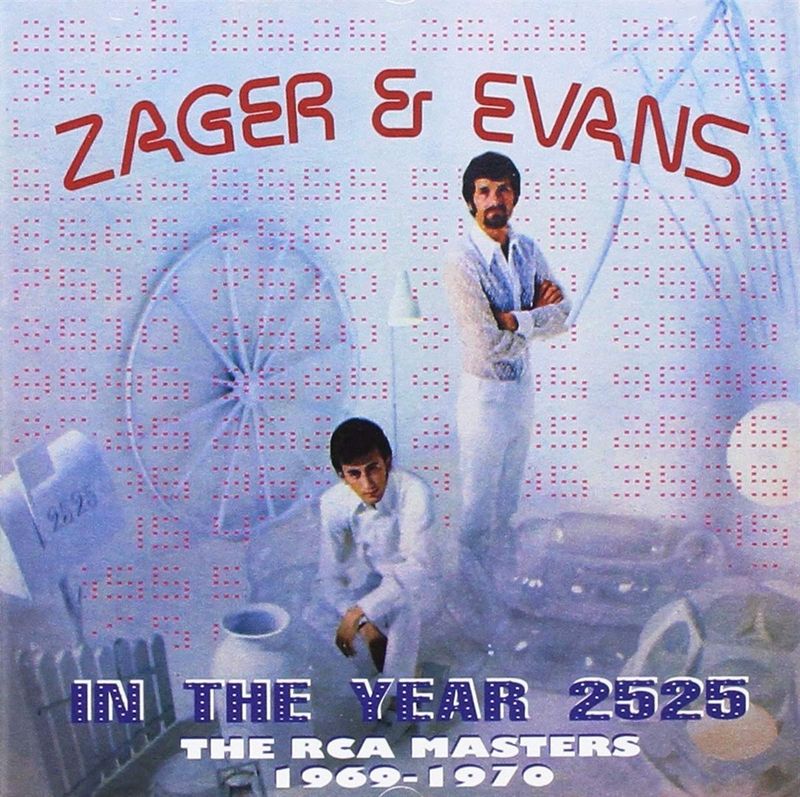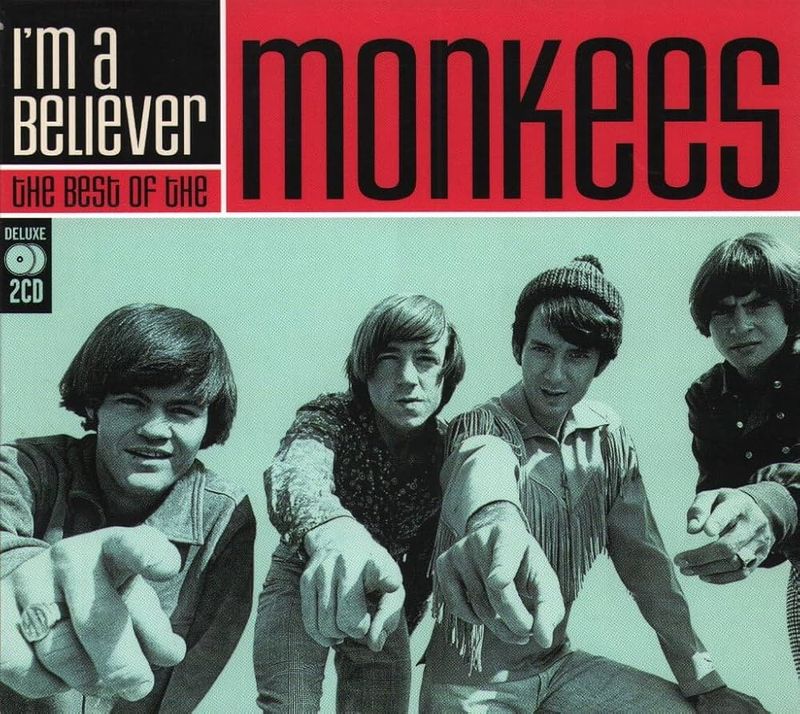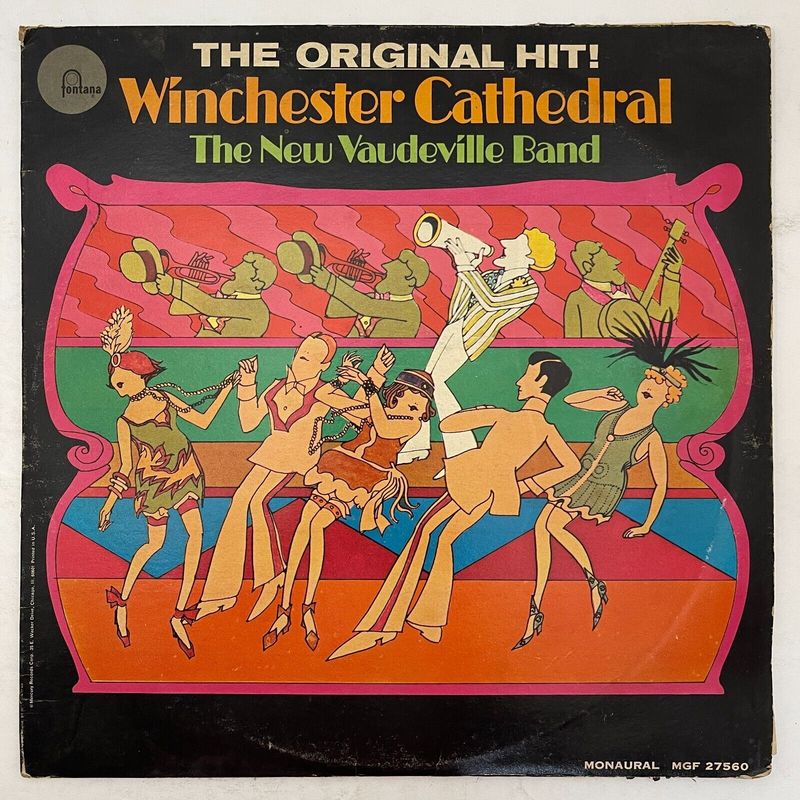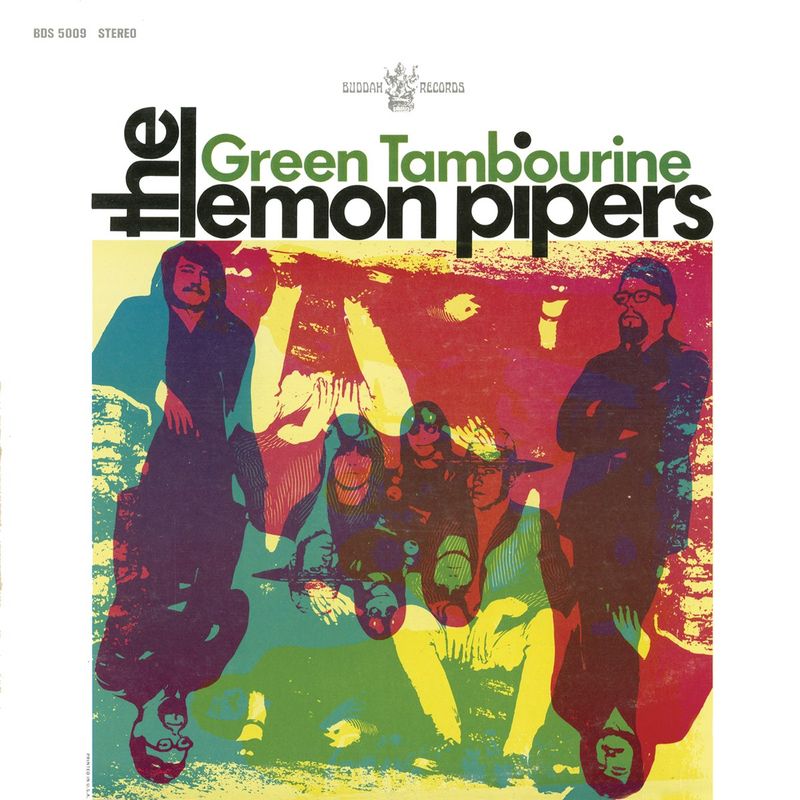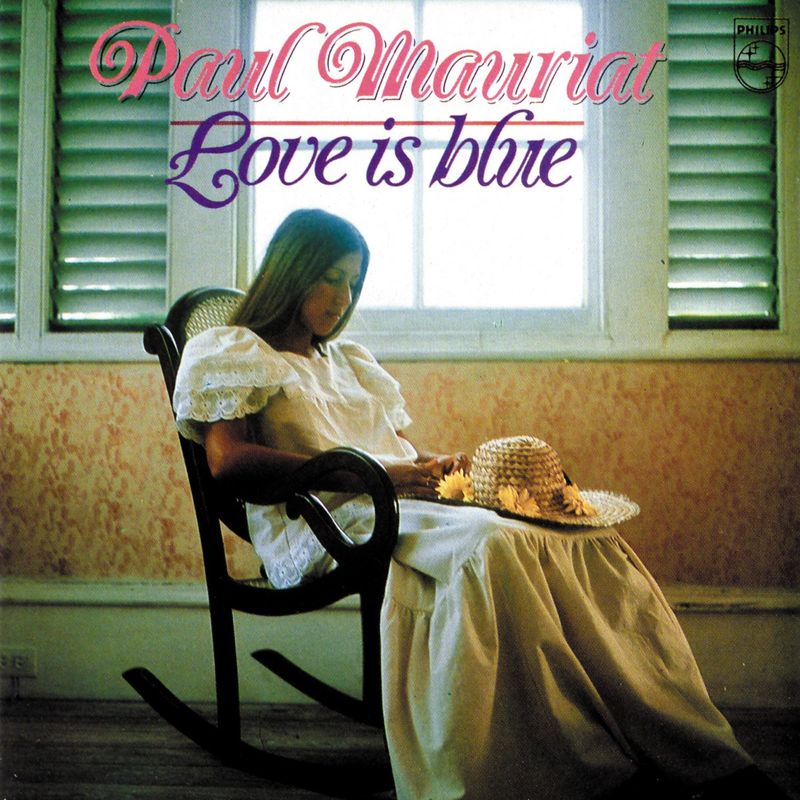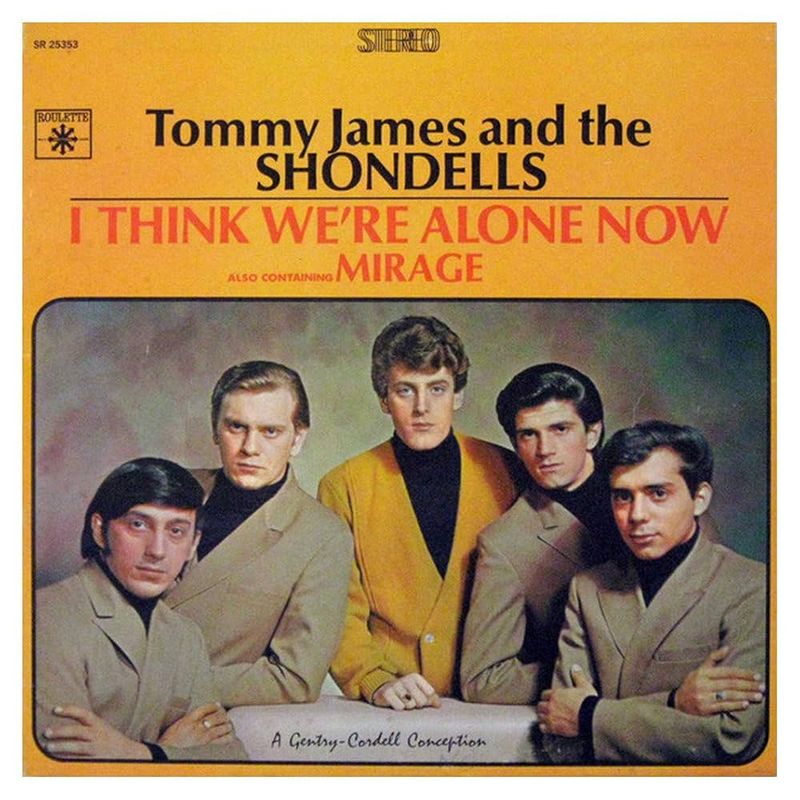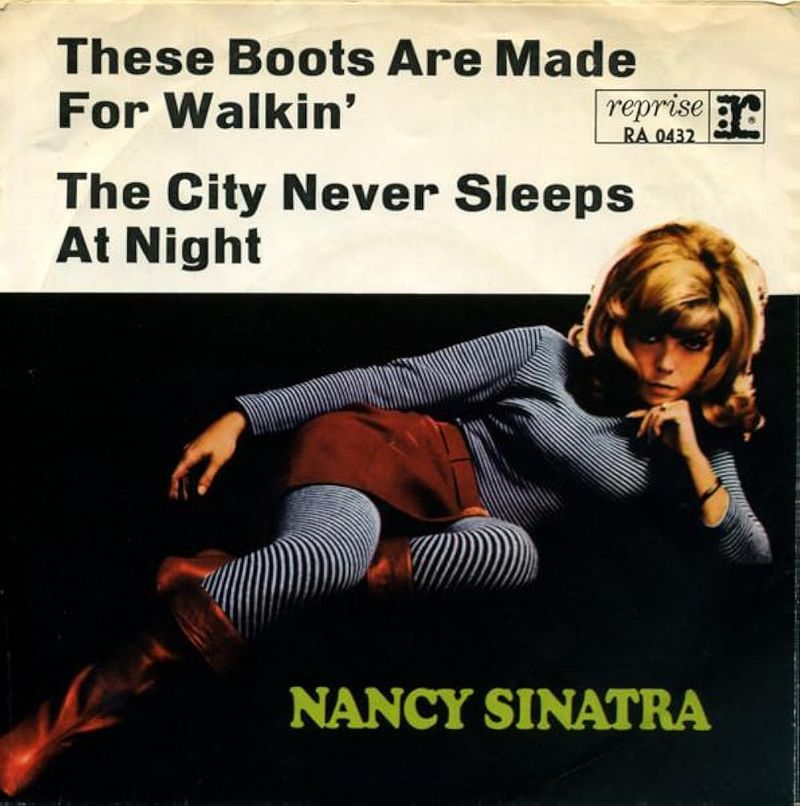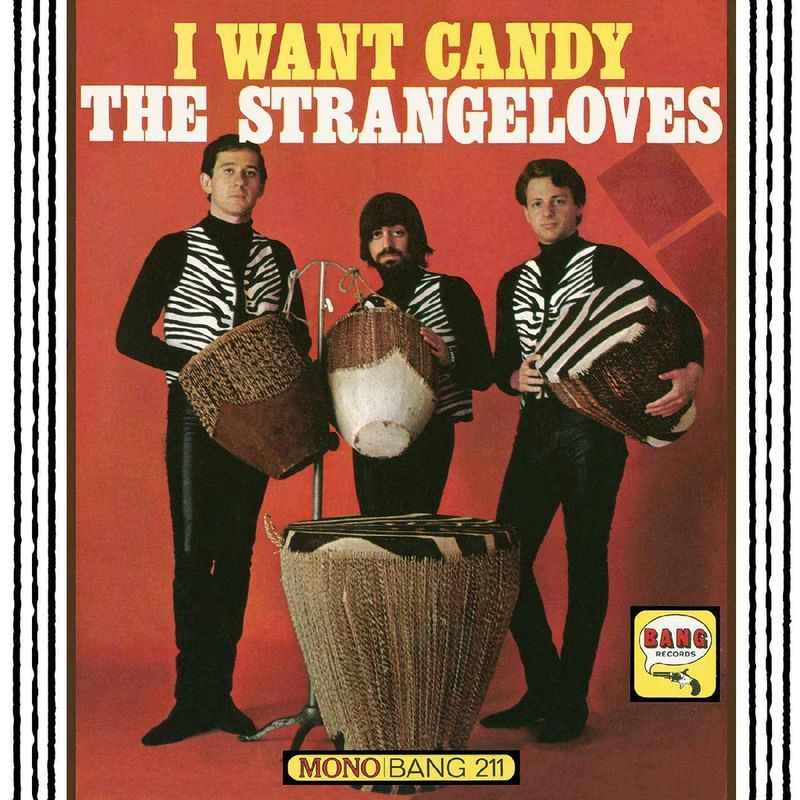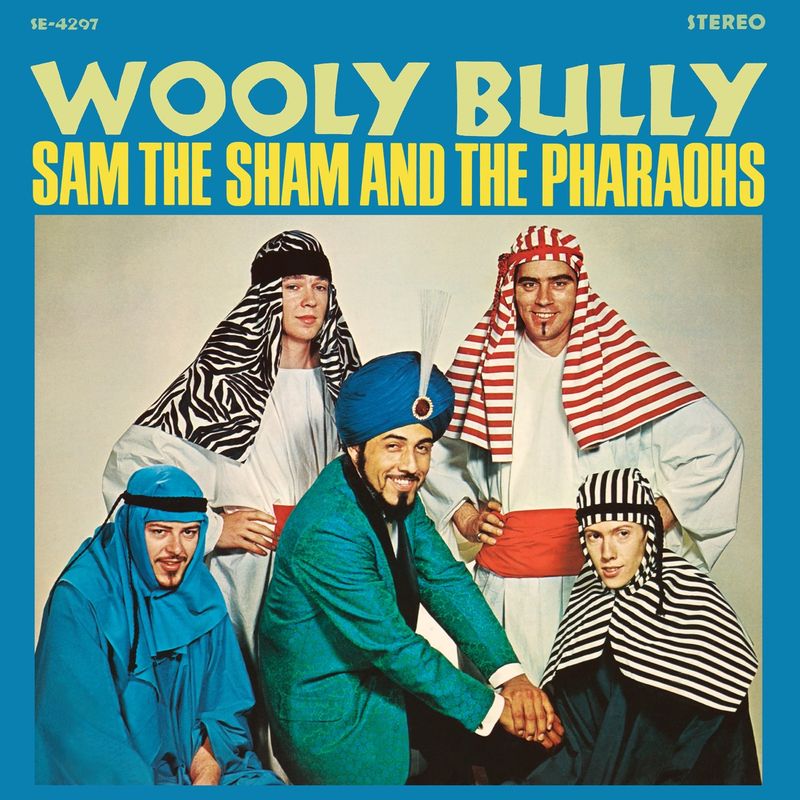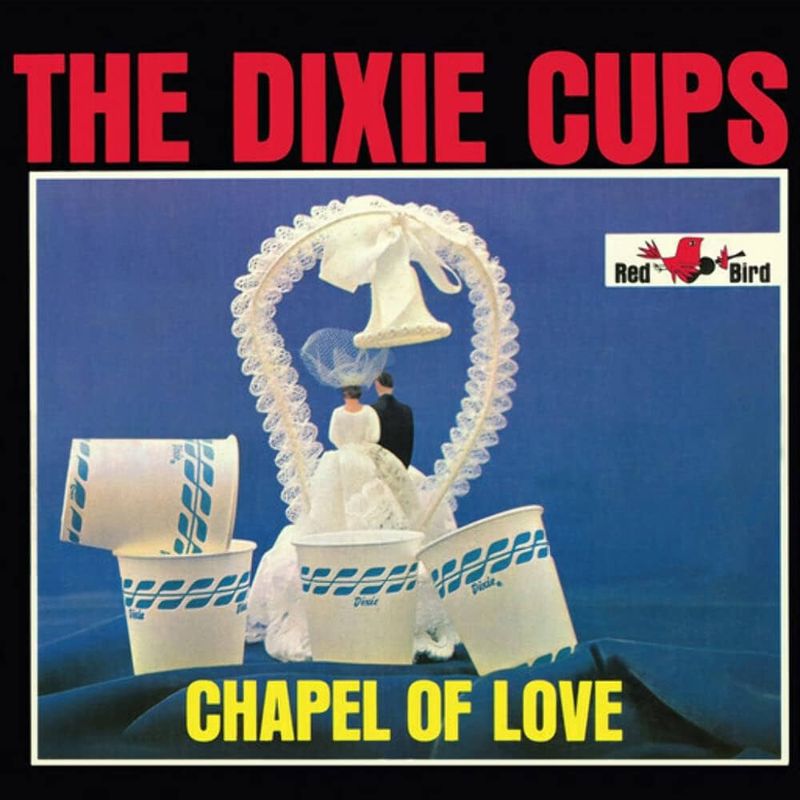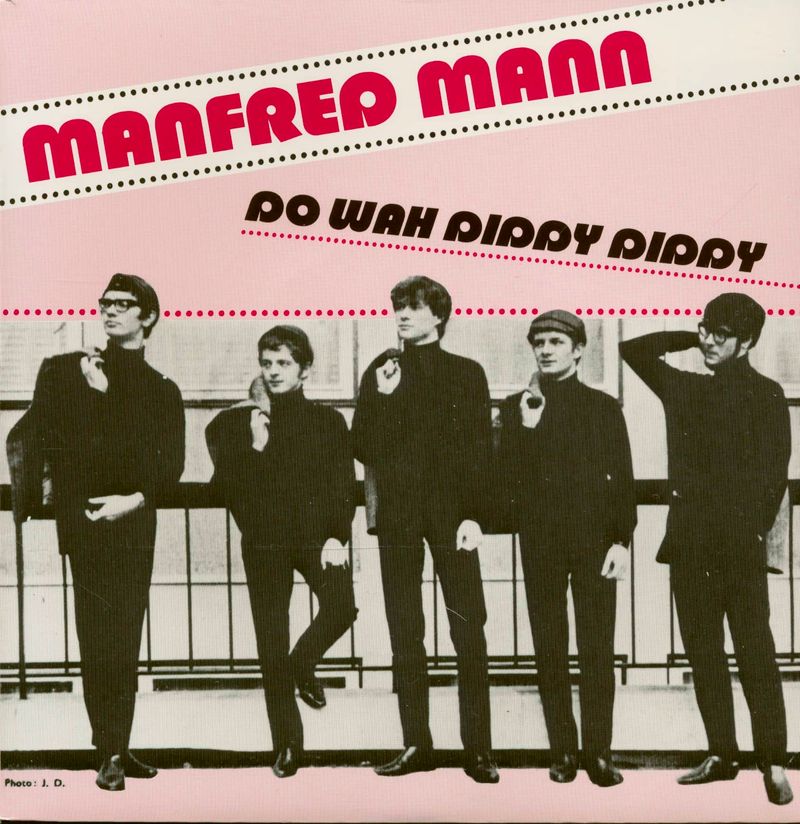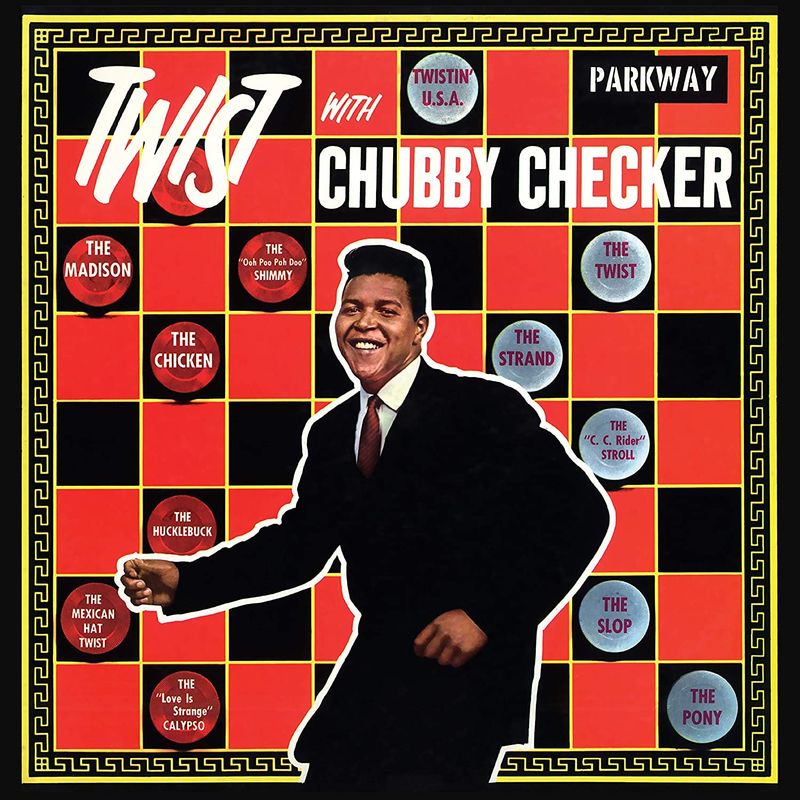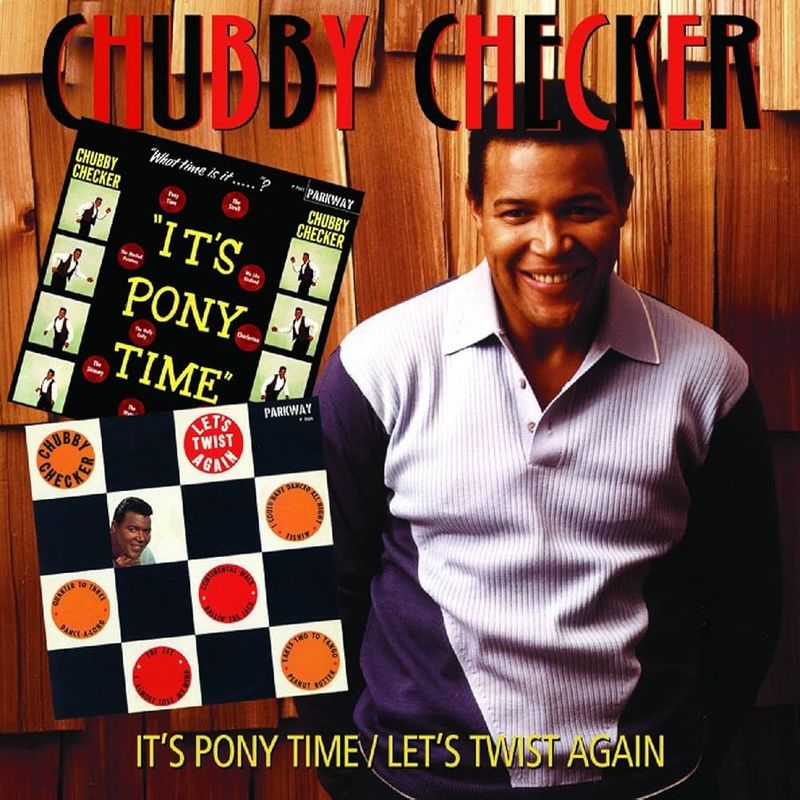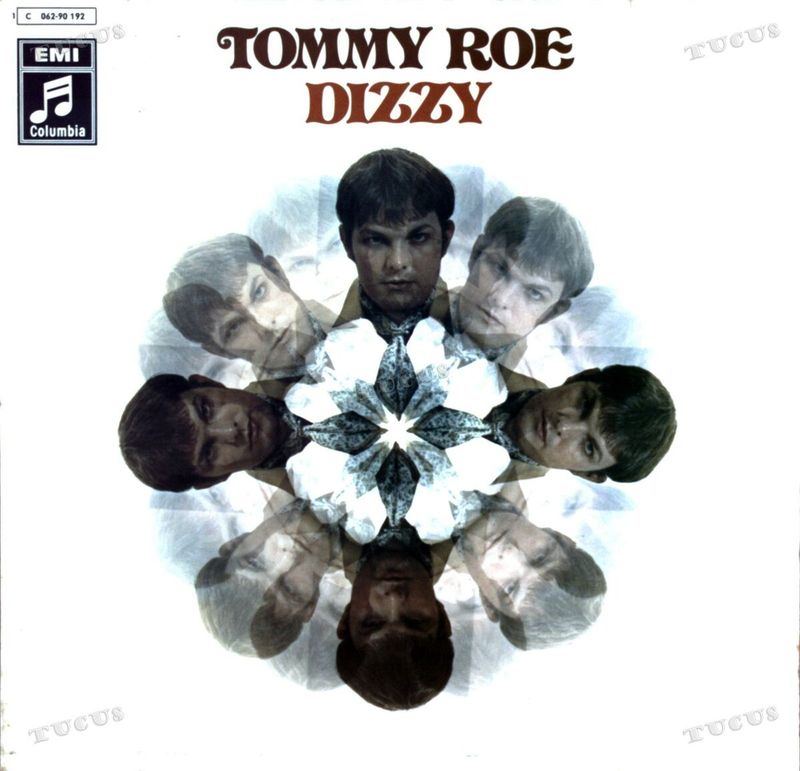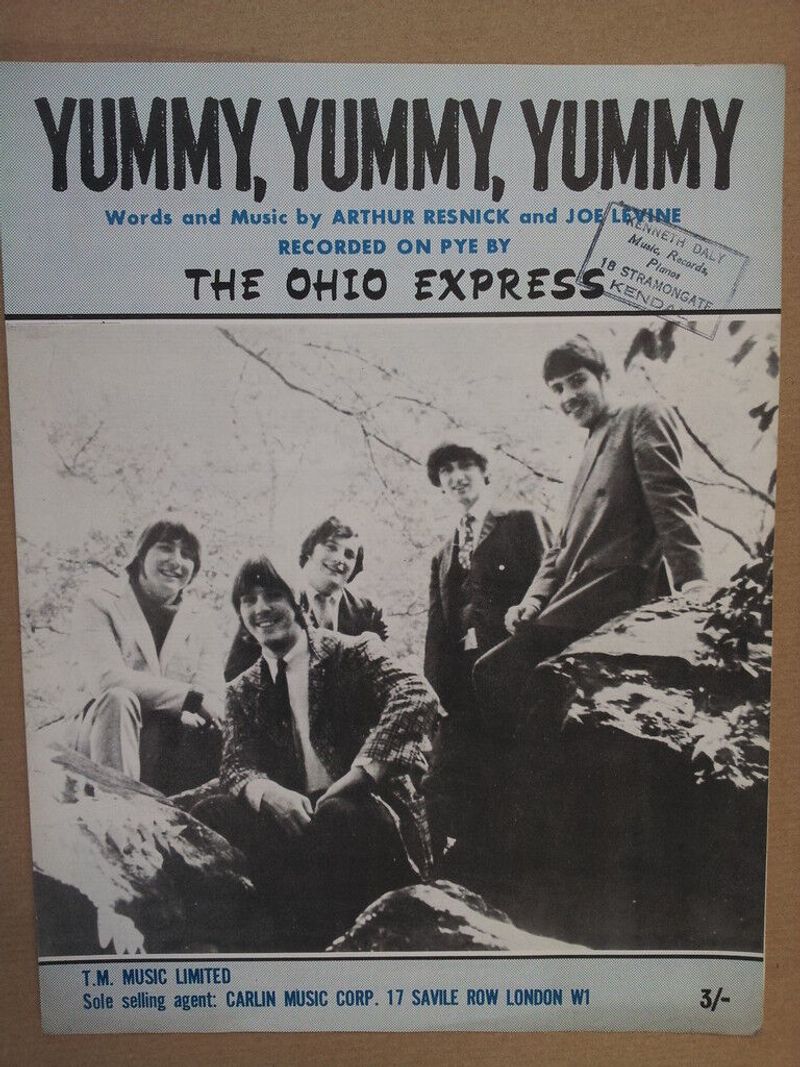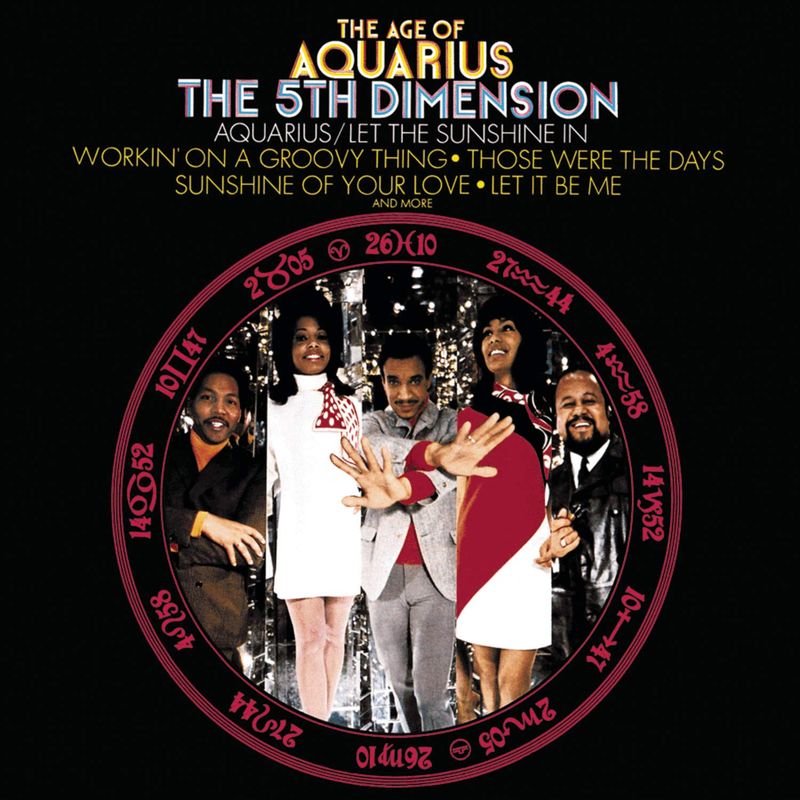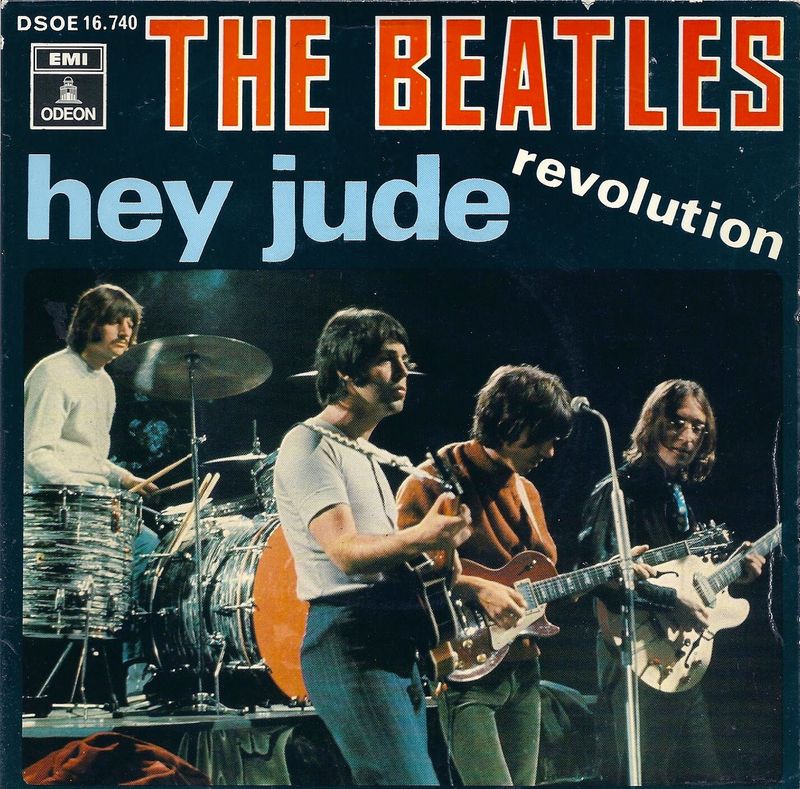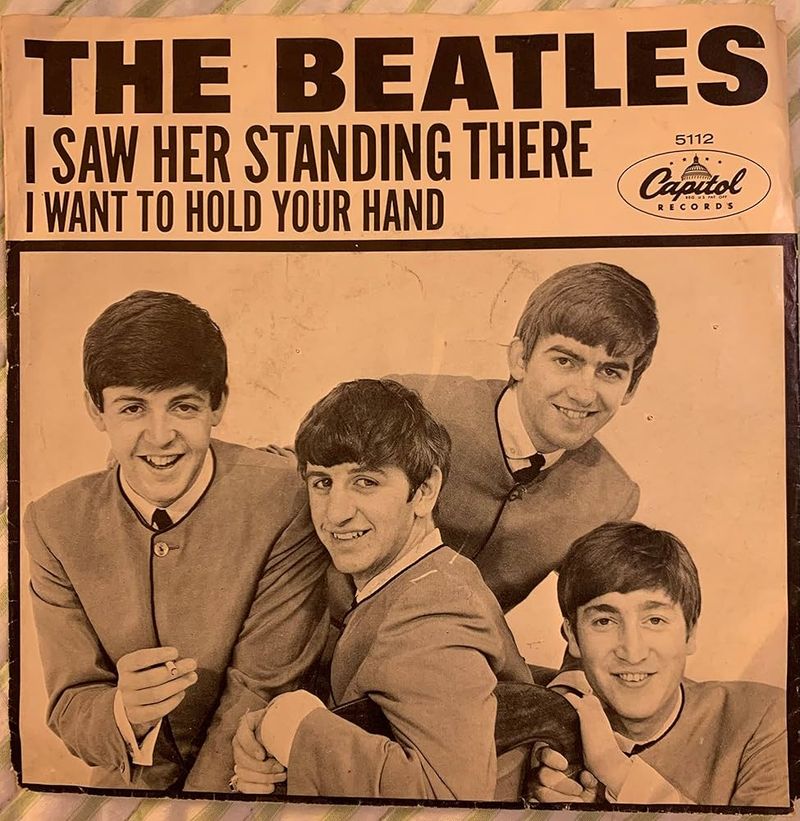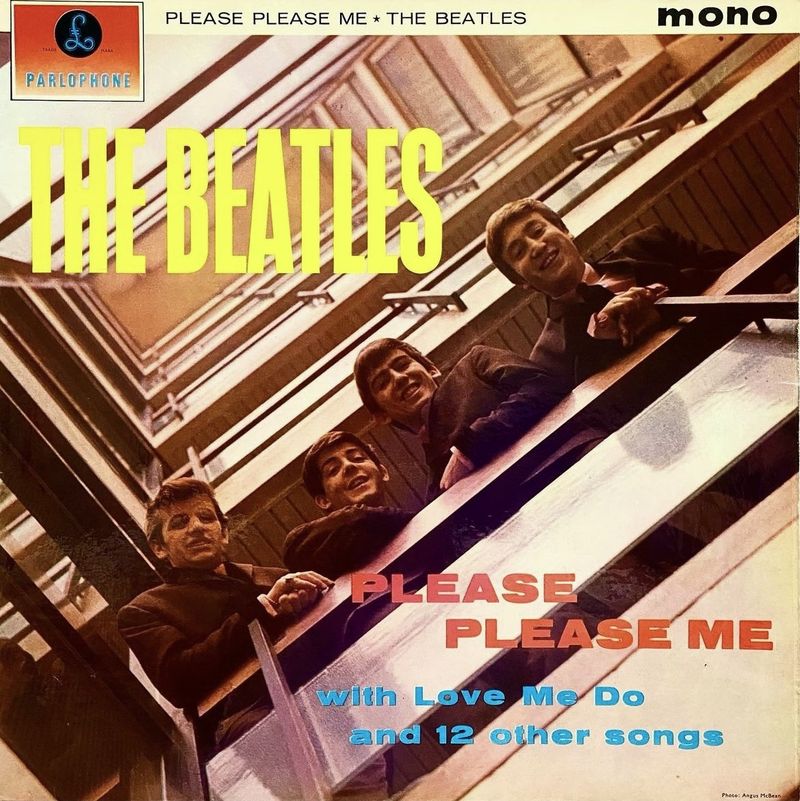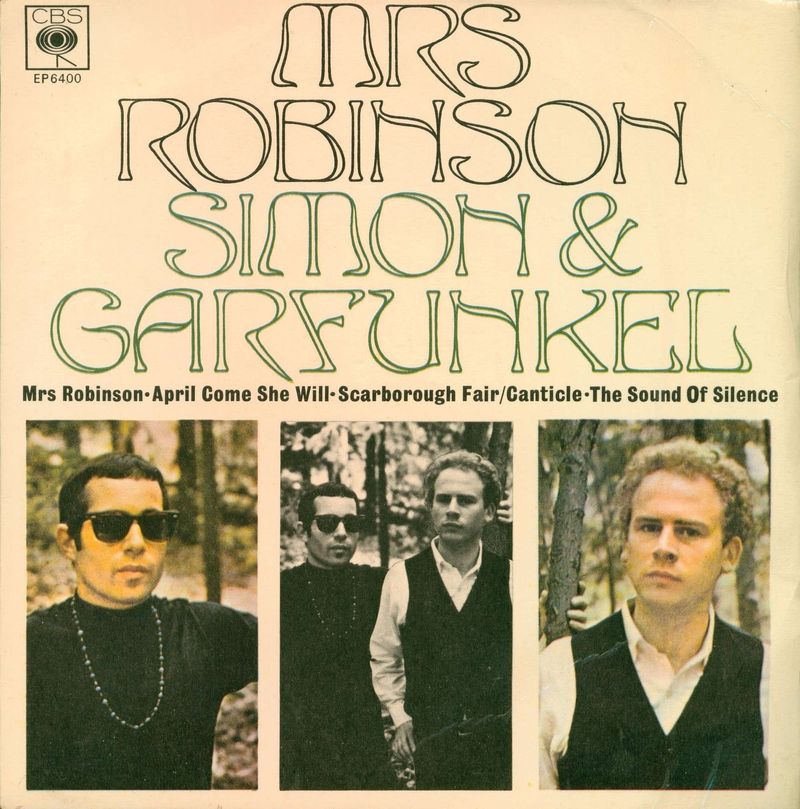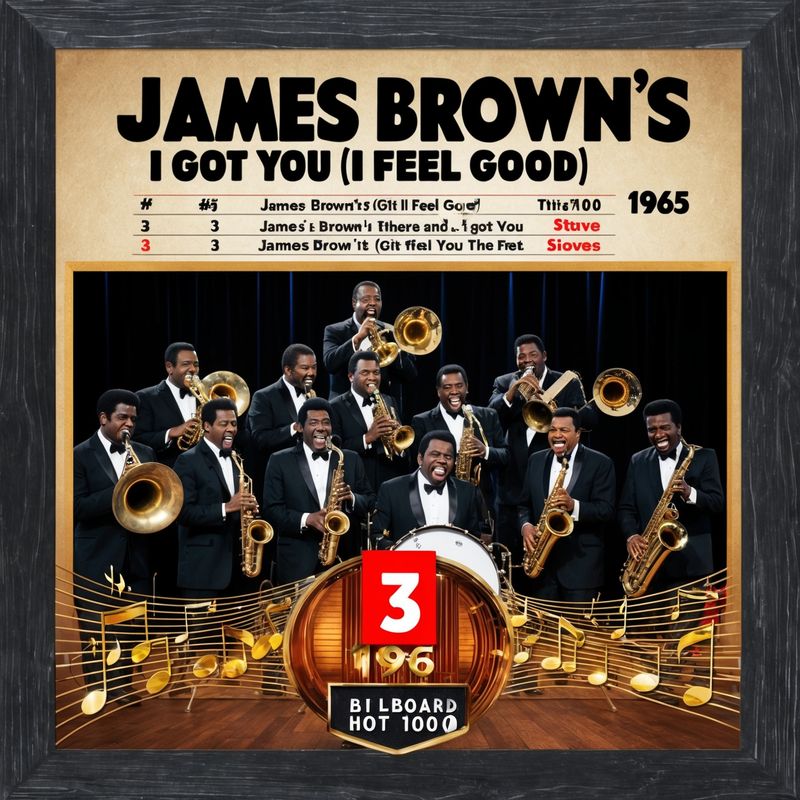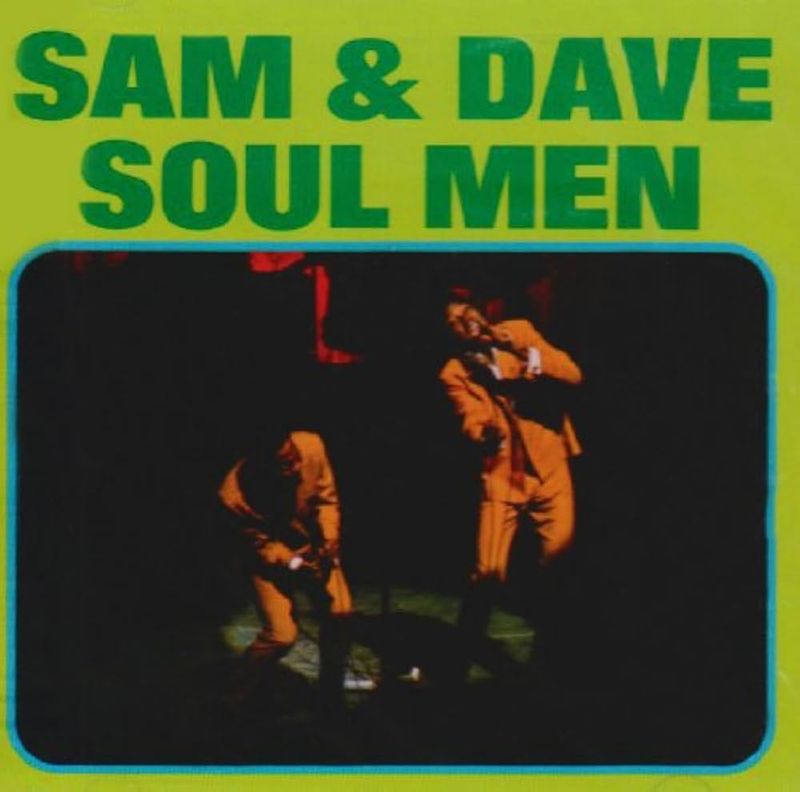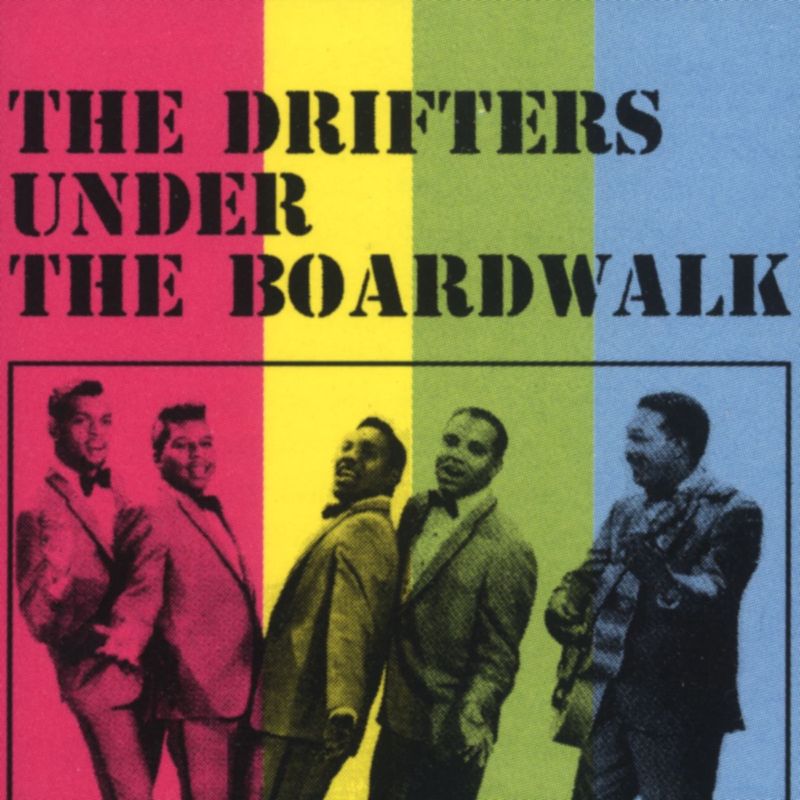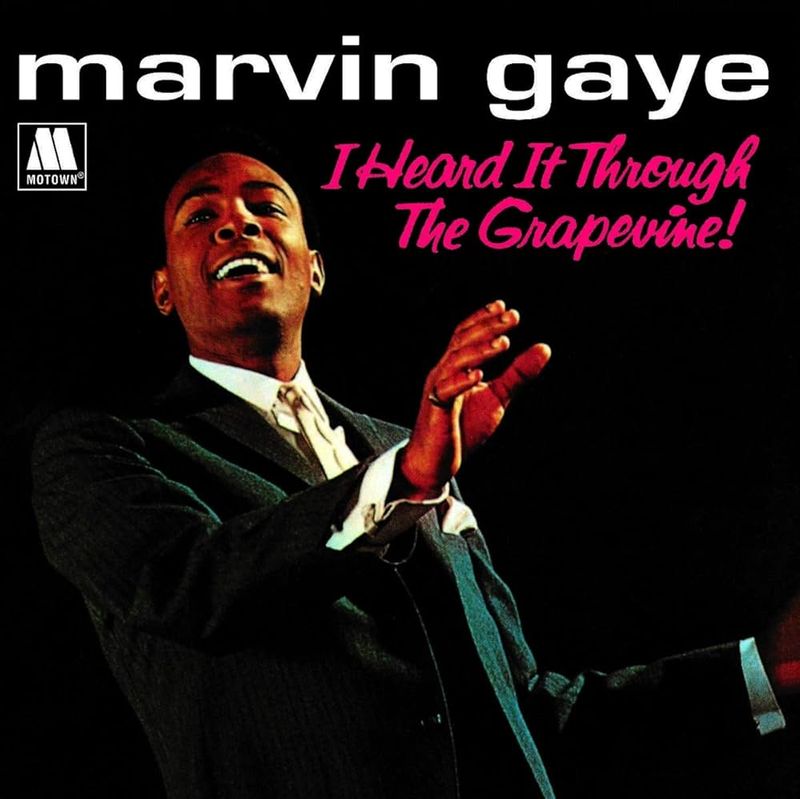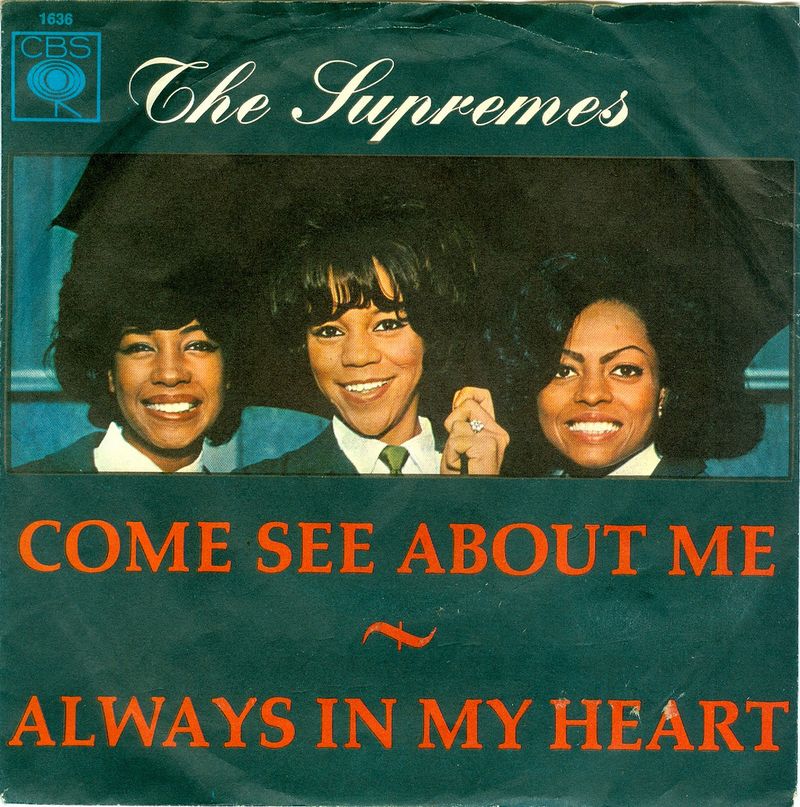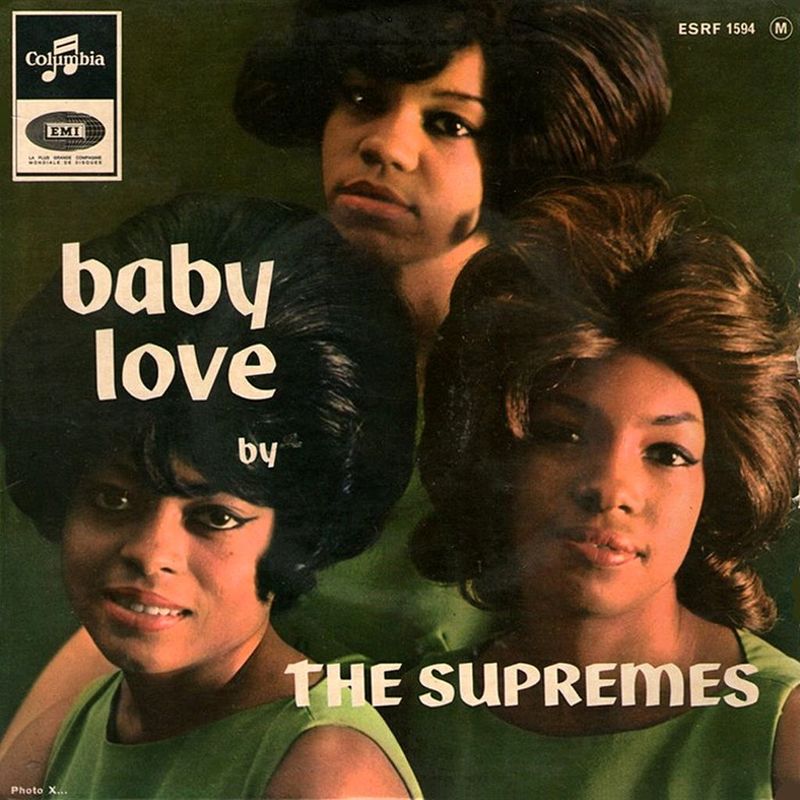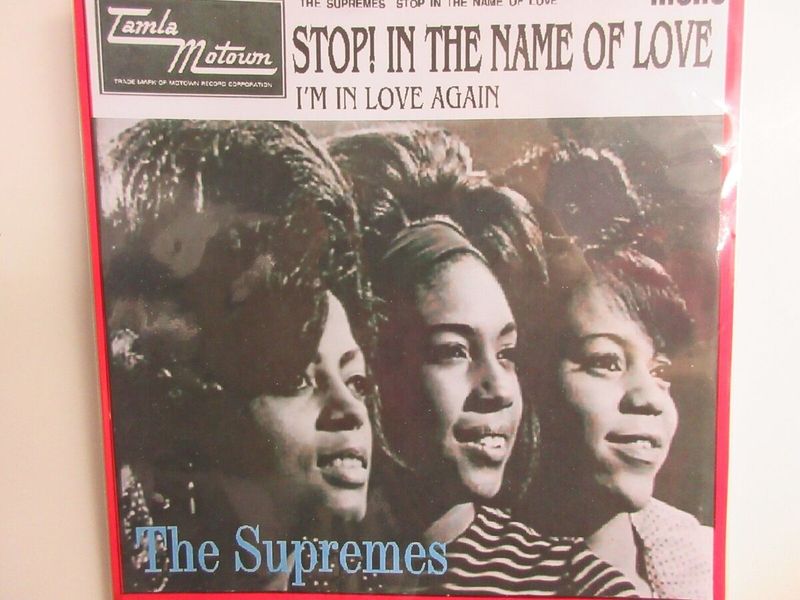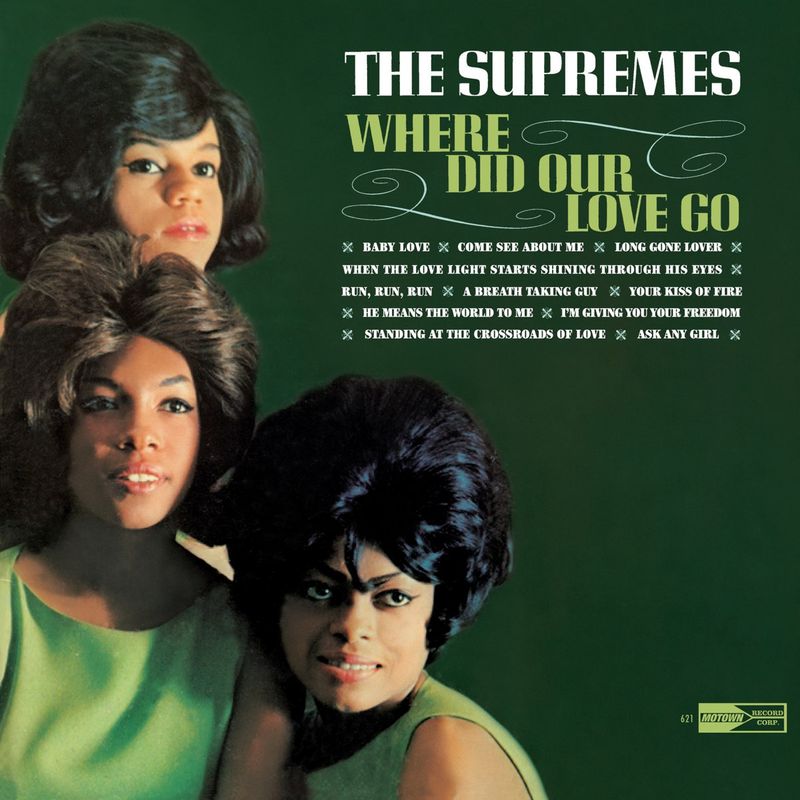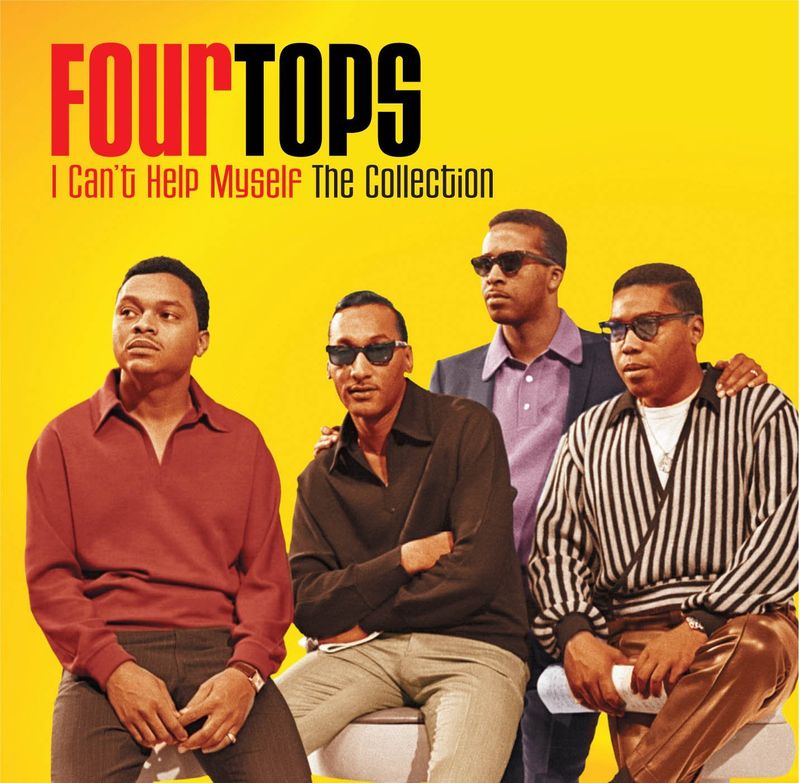The 1960s was a transformative decade for music, giving rise to legendary hits and iconic artists. However, not every chart-topping song has stood the test of time.
This list explores 30 #1 hits from the 1960s that, while popular in their day, have since been critiqued for various reasons.
Whether it’s the repetitive lyrics, questionable themes, or simply the cultural shifts that have left these tracks behind, these songs make us wonder how they reached the top in the first place.
Join us as we revisit these tunes, reflecting on a bygone era of musical curiosities.
1. Sugar, Sugar – The Archies (1969)
“Sugar, Sugar” by The Archies was a bubblegum pop hit that epitomized the genre’s sweet, catchy, yet simplistic sound. Released in 1969, it topped charts worldwide. The song’s lyrics revolve around a sugary romance, filled with syrupy metaphors.
Although massively popular, critiques highlight its lack of depth. The Archies, a fictional band from a TV cartoon, never performed live, adding to the novelty. Nostalgia aside, some argue the song’s upbeat yet repetitive nature hasn’t aged well.
Despite its flaws, “Sugar, Sugar” remains a guilty pleasure for some, encapsulating the carefree spirit of its era.
2. In the Year 2525 (Exordium and Terminus) – Zager and Evans (1969)
Zager and Evans’ “In the Year 2525” struck a chord with its futuristic, if not bleak, vision of humanity’s future. Released in 1969, the song imagines a world dominated by technology, where human essence fades.
It presents a series of escalating predictions, each more dystopian than the last. While intriguing, the song’s repetitive melody and somber tone have been criticized. Despite its thought-provoking theme, some find it overly pessimistic.
Yet, it remains a cultural artifact, reflecting 1960s anxieties about technological advancement and the human condition, sparking conversations about future possibilities and challenges.
3. I’m a Believer – The Monkees (1966)
“I’m a Believer,” performed by The Monkees, became an anthem of joy and love in 1966. With its infectious melody and cheerful lyrics, it captured hearts worldwide. The Monkees, a band created for a TV show, quickly transitioned into real-life pop icons.
However, some critics dismiss their music as manufactured pop. Despite this, the song’s optimism and catchy chorus have ensured its longevity.
“I’m a Believer” continues to delight audiences, reminding us of the era’s colorful blend of entertainment and music industry innovation, proving that manufactured or not, a good tune can transcend its origins.
4. Winchester Cathedral – The New Vaudeville Band (1966)
“Winchester Cathedral” by The New Vaudeville Band brought a nostalgic vaudeville flair to the 1960s pop scene. Released in 1966, it features a whimsical melody and retro vocal style that stood out amid contemporary hits.
However, its novelty sound has attracted criticism over time. The tune’s playful nature, complete with kazoo solos, was both its charm and its downfall. While it enjoyed brief success, some argue its appeal was too niche to endure.
Despite mixed opinions, “Winchester Cathedral” remains a quirky reminder of a decade known for musical experimentation and diverse tastes, offering a glimpse into past entertainment styles.
5. Green Tambourine – The Lemon Pipers (1967)
The Lemon Pipers’ “Green Tambourine” epitomizes the psychedelic pop genre that flourished in the late 1960s. Released in 1967, the song’s trippy lyrics and distinctive tambourine rhythm captured the era’s experimental spirit.
However, its psychedelic charm is often overshadowed by its commercial pop roots, leading to mixed reviews. While it topped the charts, critics argue it lacks the depth of other psychedelic works.
Yet, “Green Tambourine” endures as a nostalgic piece, reflecting a time when music pushed boundaries and experimented with new sounds, even if the results were sometimes more style than substance.
6. Love is Blue – Paul Mauriat (1968)
Paul Mauriat’s instrumental hit “Love is Blue” captivated listeners with its lush orchestration and emotive melody. Released in 1968, the song paints a musical picture of melancholy and romance.
Its success lay in its evocative arrangement, resonating with the era’s love for orchestral pop. Yet, critics sometimes label it as overly sentimental. Despite this, its beautiful composition continues to enchant.
“Love is Blue” serves as a testament to the timeless appeal of instrumental music, proving that even without lyrics, a song can convey deep emotion and leave a lasting impression on its audience.
7. I Think We’re Alone Now – Tommy James and the Shondells (1967)
Tommy James and the Shondells’ “I Think We’re Alone Now” became an anthem of youthful rebellion and secret romance in 1967. Its catchy beat and relatable lyrics resonated with the teenage crowd.
The song’s theme of sneaking away for private moments made it both exciting and controversial. Despite its popularity, some critics view it as simplistic and formulaic.
However, its enduring appeal lies in its ability to capture the essence of youthful desire. “I Think We’re Alone Now” remains a nostalgic reminder of a time when music often mirrored the hopes and dreams of young love.
8. These Boots Are Made for Walkin’ – Nancy Sinatra (1966)
Nancy Sinatra’s “These Boots Are Made for Walkin'” strutted its way to the top of the charts in 1966. The song’s assertive lyrics and distinctive bassline captured the era’s spirit of empowerment and style.
Nancy’s bold performance, paired with her iconic go-go boots, made a lasting impression. Critics sometimes view it as a novelty hit, but its catchy hook is undeniably memorable.
While opinions vary, the song’s influence on fashion and music can’t be denied. “These Boots Are Made for Walkin'” remains a cultural touchstone, symbolizing a moment when women began to assert their independence through music and fashion.
9. I Want Candy – The Strangeloves (1965)
The Strangeloves’ “I Want Candy” brought a playful, upbeat energy to the 1960s music scene. Released in 1965, its catchy riff and simple, repetitive lyrics made it an instant earworm.
The song’s theme of longing wrapped in candy metaphors appealed to a youthful audience. However, its simplistic approach has drawn criticism over time. Some see it as more gimmick than substance.
Despite this, “I Want Candy” endures as a fun, nostalgic track. It captures the carefree spirit of its time, proving that sometimes a catchy tune is all it takes to make a lasting impression.
10. Wooly Bully – Sam the Sham & The Pharaohs (1965)
“Wooly Bully” by Sam the Sham & The Pharaohs burst onto the scene in 1965 with its infectious Tex-Mex beat and nonsensical lyrics. The song’s playful energy and driving rhythm made it a dance floor favorite.
Despite its success, some critics dismiss it as a novelty hit, citing its lack of lyrical depth. Yet, “Wooly Bully” endures as a testament to the power of a good groove.
The song’s catchy melody and fun-loving spirit continue to entertain, reminding us that sometimes music’s primary purpose is simply to make people move and have a good time.
11. Chapel of Love – The Dixie Cups (1964)
The Dixie Cups’ “Chapel of Love” celebrated the bliss of matrimony with its cheerful melody and heartfelt lyrics. Released in 1964, it quickly became an anthem for brides everywhere.
The song’s joyful depiction of wedding day bliss resonated with listeners. However, some critics argue that its sugary sweetness and simplistic theme haven’t endured as well over time.
Despite this, “Chapel of Love” remains a nostalgic piece for those dreaming of wedded bliss. Its charming simplicity and timeless theme make it a classic, capturing the hopeful, romantic spirit of an era when love songs ruled the airwaves.
12. Do Wah Diddy Diddy – Manfred Mann (1964)
Manfred Mann’s “Do Wah Diddy Diddy” delighted audiences with its infectious energy and nonsensical chorus. Released in 1964, the song’s upbeat tempo and playful lyrics made it an instant hit.
Its catchy refrain, though lacking in meaning, became a memorable sing-along. While some critics view it as overly simplistic, the song’s charm lies in its fun-loving spirit.
“Do Wah Diddy Diddy” captures the carefree essence of the 1960s pop scene, reminding us that music can be joyful and entertaining, even without profound lyrics. Its timeless appeal ensures it continues to bring smiles to listeners’ faces.
13. The Twist – Chubby Checker (1960)
Chubby Checker’s “The Twist” revolutionized dance music when it hit the charts in 1960. Its simple yet addictive dance move sparked a global craze, with people of all ages joining in. The song’s upbeat rhythm and catchy lyrics made it an instant classic.
Despite its initial success, some critics view “The Twist” as a novelty that lacks lyrical depth. However, its impact on dance culture is undeniable.
“The Twist” remains a cultural phenomenon, symbolizing a time when music encouraged everyone to get up and move. Its legacy endures, proving that sometimes music’s power lies in its ability to unite through dance.
14. Let’s Twist Again – Chubby Checker (1961)
Chubby Checker’s “Let’s Twist Again” followed up his previous hit with renewed energy in 1961. The song invited listeners to revisit the twist craze, capturing the excitement of its predecessor.
Its lively tempo and engaging lyrics made it another dance floor favorite. Although some critics argue it lacks originality, its enduring appeal lies in its ability to evoke memories of carefree dance parties.
“Let’s Twist Again” serves as a reminder of a time when music inspired movement and joy, proving that sometimes sequels can be just as fun, keeping the spirit of the original alive and thriving.
15. Dizzy – Tommy Roe (1969)
Tommy Roe’s “Dizzy” whirled its way to the top in 1969, with its catchy hook and playful lyrics. The song’s theme of head-spinning infatuation resonated with audiences, making it a pop sensation.
However, some critics view “Dizzy” as lacking depth, focusing on its repetitive nature. Despite this, its infectious energy and fun chorus make it a memorable piece.
“Dizzy” encapsulates the carefree pop spirit of the 1960s, reminding us that sometimes music’s purpose is simply to entertain and bring a smile. Its lasting appeal lies in its ability to evoke a sense of youthful exuberance.
16. Yummy Yummy Yummy – Ohio Express (1968)
Ohio Express’s “Yummy Yummy Yummy” epitomizes bubblegum pop with its simple, sweet lyrics and catchy tune. Released in 1968, the song’s playful repetition and candy-themed metaphors quickly caught on.
Critics, however, often dismiss it as trivial and overly simplistic. Despite this, its infectious melody has ensured its place in pop culture.
“Yummy Yummy Yummy” remains a guilty pleasure for many, capturing the lighthearted essence of bubblegum pop.
The song serves as a reminder of a time when music was often fun and carefree, prioritizing catchy hooks over profound messages, appealing to the youthful spirit in us all.
17. Aquarius/Let the Sunshine In – The 5th Dimension (1969)
The 5th Dimension’s “Aquarius/Let the Sunshine In” captured the spirit of the 1960s with its blend of optimism and hope. Released in 1969, the song combined elements of pop, rock, and soul.
Its uplifting message and harmonious vocals resonated with listeners. While critics sometimes label it as overly idealistic, its lasting appeal lies in its hopeful vision.
“Aquarius/Let the Sunshine In” remains a symbol of the era’s countercultural movements, reminding us of a time when music sought to inspire change and unity. Its enduring popularity testifies to its ability to evoke a sense of collective aspiration.
18. Hey Jude – The Beatles (1968)
The Beatles’ “Hey Jude” stands as one of the most iconic songs of the 1960s. Released in 1968, its epic length and heartfelt lyrics captured audiences worldwide. The song’s gradual build-up to a powerful sing-along finale made it unforgettable.
Critics praise its emotional depth and musical brilliance. While some may find its length indulgent, “Hey Jude” remains a testament to The Beatles’ ability to craft timeless music. Its influence on rock and pop is undeniable, ensuring its place in music history.
“Hey Jude” continues to inspire, reminding us of the transformative power of music and its ability to bring people together.
19. I Want to Hold Your Hand – The Beatles (1964)
“I Want to Hold Your Hand” by The Beatles marked a turning point in music history. Released in 1964, its infectious melody and simple yet romantic lyrics captured the hearts of millions.
The song played a pivotal role in the British Invasion, introducing The Beatles to American audiences. Critics celebrate its catchy tune and cultural impact. While some argue it lacks complexity, its straightforward charm continues to resonate.
“I Want to Hold Your Hand” remains a beloved classic, symbolizing a time when music brought joy and excitement to a generation, proving that sometimes simplicity is the key to timeless appeal.
20. Please Please Me – The Beatles (1963)
The Beatles’ “Please Please Me” launched their career with its upbeat tempo and catchy chorus. Released in 1963, the song’s lively energy and playful lyrics made it an instant hit. Critics praise its melodic structure and harmonies.
While some may find its simplicity dated, “Please Please Me” remains a testament to The Beatles’ early charm.
The song captures the essence of a band on the brink of stardom, evoking memories of a time when music was fresh and exciting. Its lasting appeal lies in its ability to transport listeners to a bygone era of musical innovation and youthful exuberance.
21. Mrs. Robinson – Simon & Garfunkel (1968)
Simon & Garfunkel’s “Mrs. Robinson” became an anthem of the 1960s with its memorable melody and thought-provoking lyrics. Released in 1968, it gained fame as part of the soundtrack for “The Graduate.”
The song’s commentary on societal norms and lost innocence resonated with listeners. Critics praise its lyrical depth and cultural relevance.
While some may find its themes nostalgic, “Mrs. Robinson” remains a classic, reflecting a time when music addressed important social issues.
Its enduring popularity testifies to its ability to capture the complexities of its era, reminding us of music’s power to provoke thought and evoke emotion.
22. I Got You (I Feel Good) – James Brown (1965)
James Brown’s “I Got You (I Feel Good)” exudes unparalleled energy and soul. Released in 1965, its infectious groove and exuberant vocal performance made it a defining hit of the decade.
The song’s catchy refrain and dynamic instrumentation captivated audiences. Critics praise its raw power and lasting influence on funk and soul music.
While some may find its repetition simplistic, “I Got You” remains a testament to James Brown’s unparalleled charisma.
The song captures the essence of a performer who revolutionized music, reminding us of a time when soul ruled the airwaves and dance floors.
23. Soul Man – Sam & Dave (1967)
Sam & Dave’s “Soul Man” became an anthem of empowerment and identity in 1967. Its driving rhythm and powerful vocals captured the spirit of soul music.
The song’s message of pride and resilience resonated with listeners, making it a cultural touchstone. Critics praise its dynamic arrangement and vocal intensity.
While some may find its themes repetitive, “Soul Man” endures as a celebration of strength and soul.
The song reflects a time when music played a vital role in expressing social consciousness, reminding us of its power to inspire and uplift, transcending generations and continuing to resonate today.
24. Under the Boardwalk – The Drifters (1964)
The Drifters’ “Under the Boardwalk” transports listeners to a world of summer romance and nostalgia. Released in 1964, its smooth melody and evocative lyrics paint a picture of seaside love.
The song’s laid-back rhythm and harmonious vocals create a timeless atmosphere. Critics praise its ability to capture the essence of a carefree summer day.
While some may find its theme simple, “Under the Boardwalk” remains a beloved classic, reminding us of a time when music evoked vivid imagery and emotion.
Its enduring appeal lies in its ability to transport listeners to a place of warmth and nostalgia.
25. I Heard It Through the Grapevine – Marvin Gaye (1968)
Marvin Gaye’s “I Heard It Through the Grapevine” stands as a masterpiece of soul music. Released in 1968, its haunting melody and powerful vocals captured emotions of betrayal and heartache.
The song’s compelling arrangement and raw intensity resonated with audiences. Critics praise its depth and impact on Motown and soul.
While some may find its theme somber, “I Heard It Through the Grapevine” remains a testament to Marvin Gaye’s artistry.
The song captures the complexities of love and loss, reminding us of a time when music conveyed profound emotion and connected deeply with listeners.
26. Come See About Me – The Supremes (1964)
The Supremes’ “Come See About Me” epitomizes the Motown sound with its catchy melody and soulful vocals. Released in 1964, the song’s theme of longing and heartache resonated with listeners, making it a chart-topping hit.
Critics praise its polished production and emotional delivery. While some may find its lyrics repetitive, “Come See About Me” endures as a classic, capturing the essence of the Motown era.
The song reflects a time when music was both polished and heartfelt, reminding us of The Supremes’ role in shaping pop and soul music, leaving an indelible mark on music history.
27. Baby Love – The Supremes (1964)
The Supremes’ “Baby Love” became an emblem of Motown’s signature sound in 1964. Its sweet melody and heartfelt lyrics captured the essence of young love.
The song’s polished production and harmonious vocals resonated with listeners, making it a defining hit. Critics praise its simplicity and charm.
While some may find its theme nostalgic, “Baby Love” endures as a classic, reflecting a time when music conveyed innocence and emotion.
The song remains a symbol of The Supremes’ impact on pop and soul, reminding us of an era when their music dominated charts and captured hearts worldwide.
28. Stop! In the Name of Love – The Supremes (1965)
The Supremes’ “Stop! In the Name of Love” captured the dramatic flair of Motown in 1965. Its commanding melody and heartfelt lyrics conveyed themes of love and desperation.
The song’s polished production and dynamic vocal performance resonated with listeners. Critics praise its emotional intensity and cultural impact.
While some may find its drama over-the-top, “Stop! In the Name of Love” remains a classic, reflecting a time when music expressed raw emotion and theatricality.
The song symbolizes The Supremes’ influence on pop and soul, reminding us of their role in shaping the sound of a generation.
29. Where Did Our Love Go – The Supremes (1964)
The Supremes’ “Where Did Our Love Go” became a defining track of the 1960s, capturing the essence of Motown’s polished sound. Released in 1964, the song’s relatable theme of lost love resonated with audiences.
Its catchy melody and harmonious vocals made it a chart-topping success. Critics praise its production and emotional delivery.
While some may find its repetition simplistic, “Where Did Our Love Go” endures as a classic, symbolizing a time when music conveyed both sophistication and accessibility.
The song remains a testament to The Supremes’ impact on pop culture, leaving a lasting legacy.
30. I Can’t Help Myself (Sugar Pie, Honey Bunch) – The Four Tops (1965)
The Four Tops’ “I Can’t Help Myself (Sugar Pie, Honey Bunch)” captured the joyful essence of Motown in 1965. Its upbeat melody and affectionate lyrics conveyed themes of irresistible love.
The song’s catchy refrain and dynamic vocal performance resonated with listeners, making it a beloved hit. Critics praise its infectious energy and timeless appeal.
While some may find its lyrics simple, “I Can’t Help Myself” endures as a classic, reminding us of a time when music celebrated love and happiness. The song remains a testament to The Four Tops’ influence, leaving an indelible mark on the music world.
